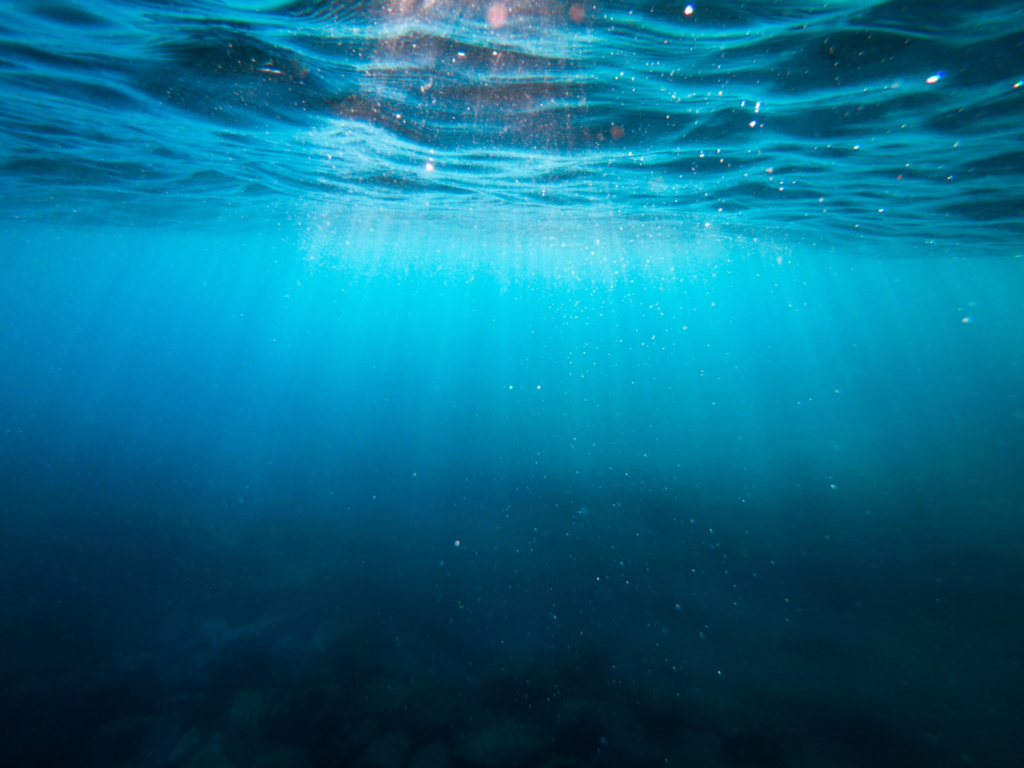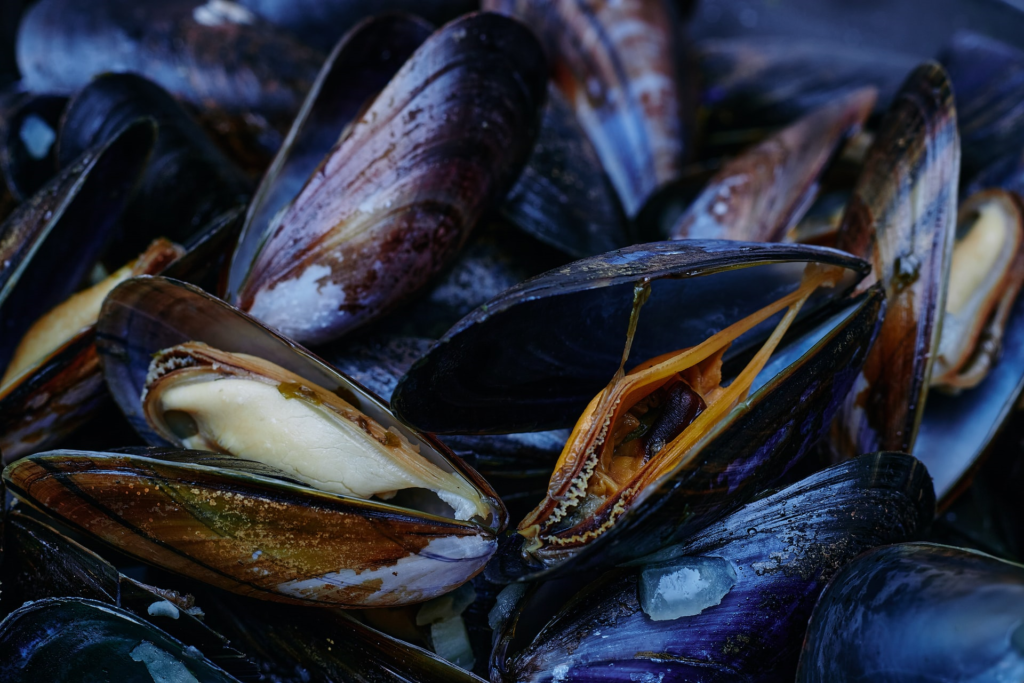(par 4.2.4.2.1.2) Groundwater recharge

Groundwater recharge From Wikipedia, the free encyclopedia https://en.wikipedia.org/wiki/Groundwater_recharge Water balance Groundwater recharge or deep drainage or deep percolation is a hydrologic process where water moves downward from surface water to groundwater. This process usually occurs in the vadose zone below plant roots and is often expressed as a flux to the water table surface. Recharge occurs both naturally (through the water cycle) and through anthropogenic processes (i.e., “artificial groundwater recharge”), where rainwater and or reclaimed water is routed […]
(par 4.2.4.2.1.1) Lake stratification

Lake stratification From Wikipedia, the free encyclopedia https://en.wikipedia.org/wiki/Lake_stratification Lake stratification is the separation of lakes into three layers: Epilimnion – top of the lake. Metalimnion (or thermocline) – middle layer that may change depth throughout the day. Hypolimnion – the bottom layer. The thermal stratification of lakes refers to a change in the temperature at different depths in the lake, and is […]
(par 4.2.4.1) 2014-08-25 Clams, Mussels Clean up Ocean Pollutants

Clams, Mussels Clean up Ocean Pollutants http://www.natureworldnews.com/articles/8682/20140822/clams-mussels-clean-up-ocean-pollutants.htm By Jenna Iacurci They may not have brooms, mops or even arms, but bivalves – such as clams, mussels and oysters – make good underwater maids, a new study suggests. (Photo : Pixabay) They may not have brooms, mops or even arms, but bivalves – such as clams, […]
